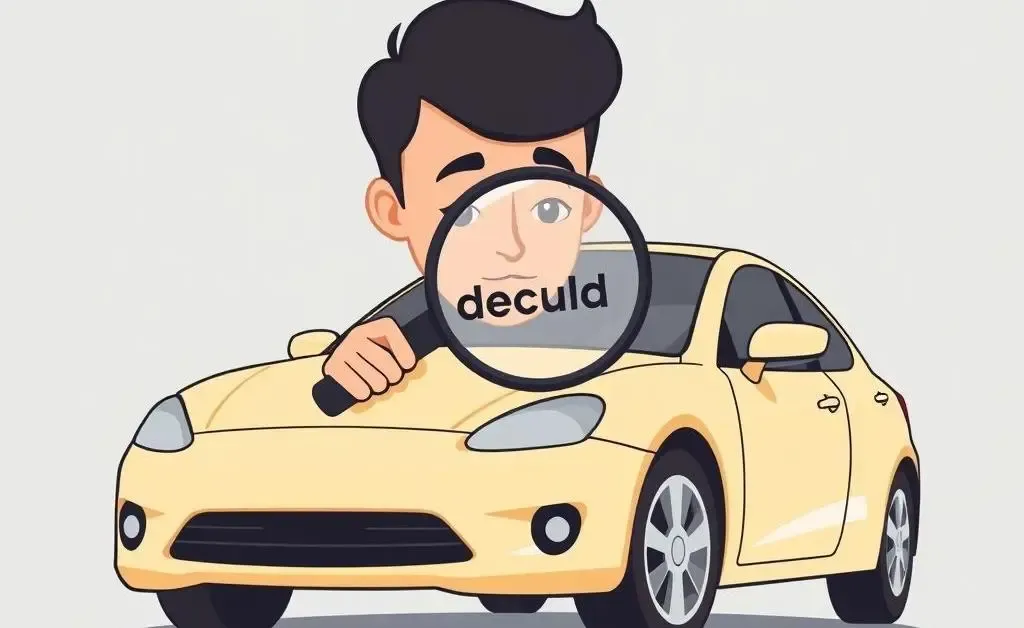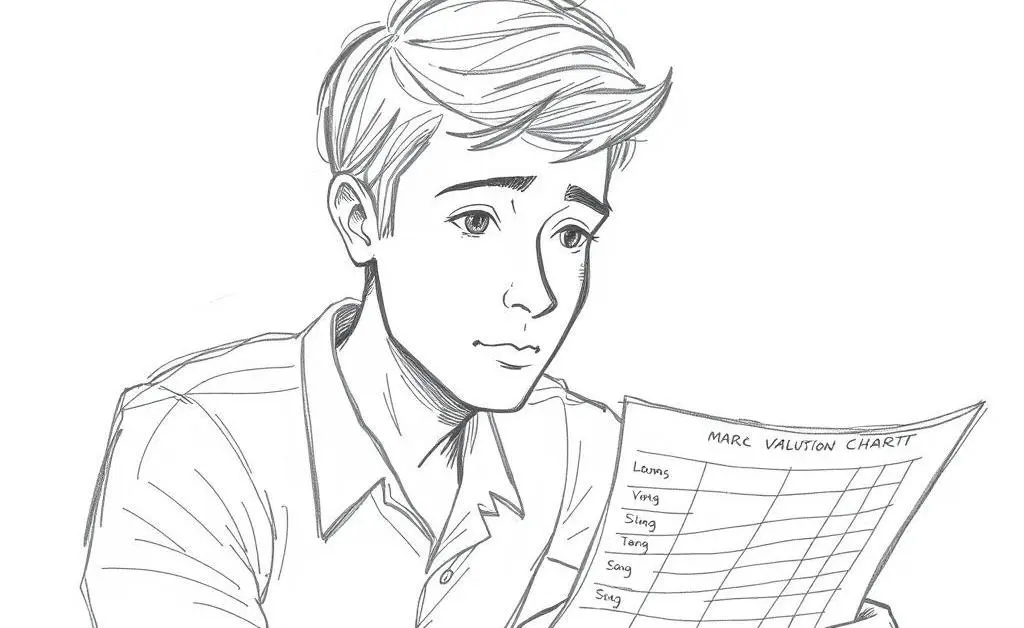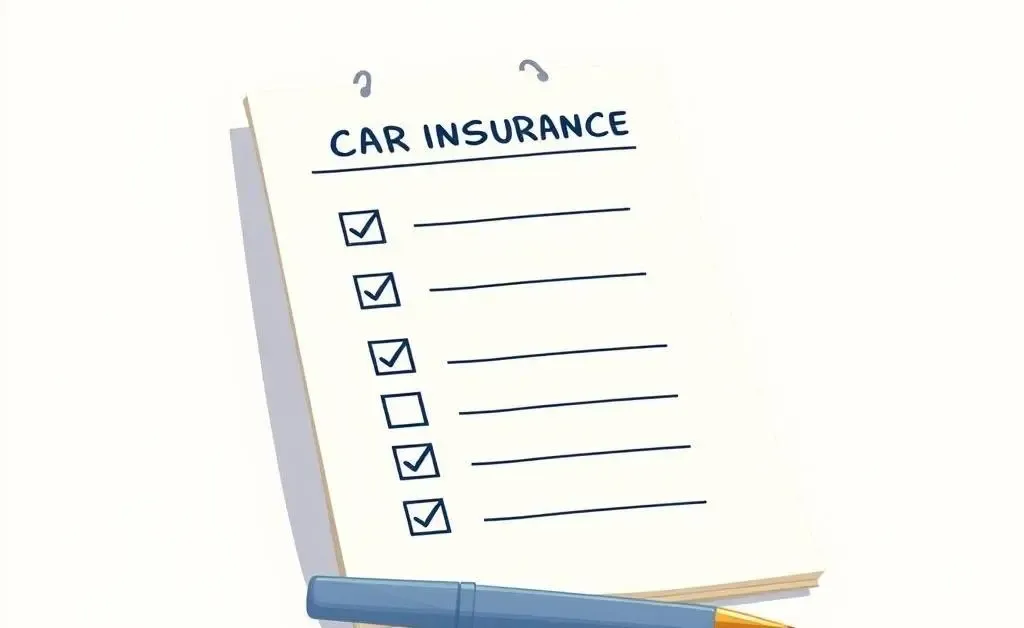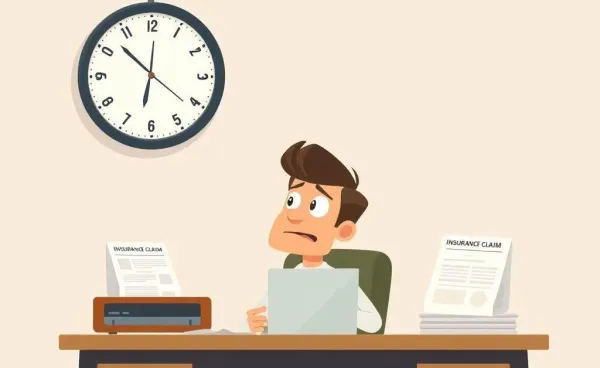Unlocking the Secrets of Diminished Value in Your Car Insurance Claim
Discover how diminished value affects your car insurance claim and how to handle it.

Have you ever wondered what happens to your car's value after an accident, even if it's repaired? This reduction in value is known as 'diminished value', and it plays a critical role in car insurance claims. But how does it affect you? Let’s dive in and unravel this mystery to help you make smart choices for your vehicle.
What is Diminished Value?
Diminished value refers to the loss in a vehicle's market value after it has been damaged in an accident and subsequently repaired. No matter how immaculate the repair, most buyers are willing to pay less for a car that has been in a crash compared to an identical never-damaged model.

Types of Diminished Value
Understanding the different types can help:
- Inherent Diminished Value: The most common type, meaning the loss in resale value due to a history of the vehicle being in an accident.
- Repair-related Diminished Value: Caused by incomplete, shoddy, or low-quality repairs.
- Immediate Diminished Value: Refers to the difference in retail value before damage occurred and immediately after it before any repairs.
How Do Insurance Companies Handle It?
Insurance companies often approach this topic with caution. Some policies may cover it; others might not. Knowing what's in your policy is key.

During a conversation at your favorite coffee shop, think about asking your insurer these questions:
- Is diminished value included in my current policy?
- If not, how can this type of coverage be added?
- What documentation is required to file such a claim?
Practical Tips for Filing a Diminished Value Claim
Imagine yourself equipped with the right nodes to follow, akin to a checklist:
- Gather your vehicle's VIN history to demonstrate its pre-accident value.
- Secure a copy of the repair documentation.
- Obtain an independent appraiser's report on the diminished value.
- Submit a claim with your insurer, providing all evidence.

Remember, each situation is unique, so customizing this strategy according to your circumstances is paramount.
Conclusion: Protecting Your Vehicle's Worth
Tackling diminished value isn't just about paperwork; it's about understanding your car's worth and ensuring you're protected financially. As you sip that warm coffee next time, reflect on how your policies safeguard your vehicle investments. What other insurance topics do you wish were this easy to understand? Let me know in the comments!




